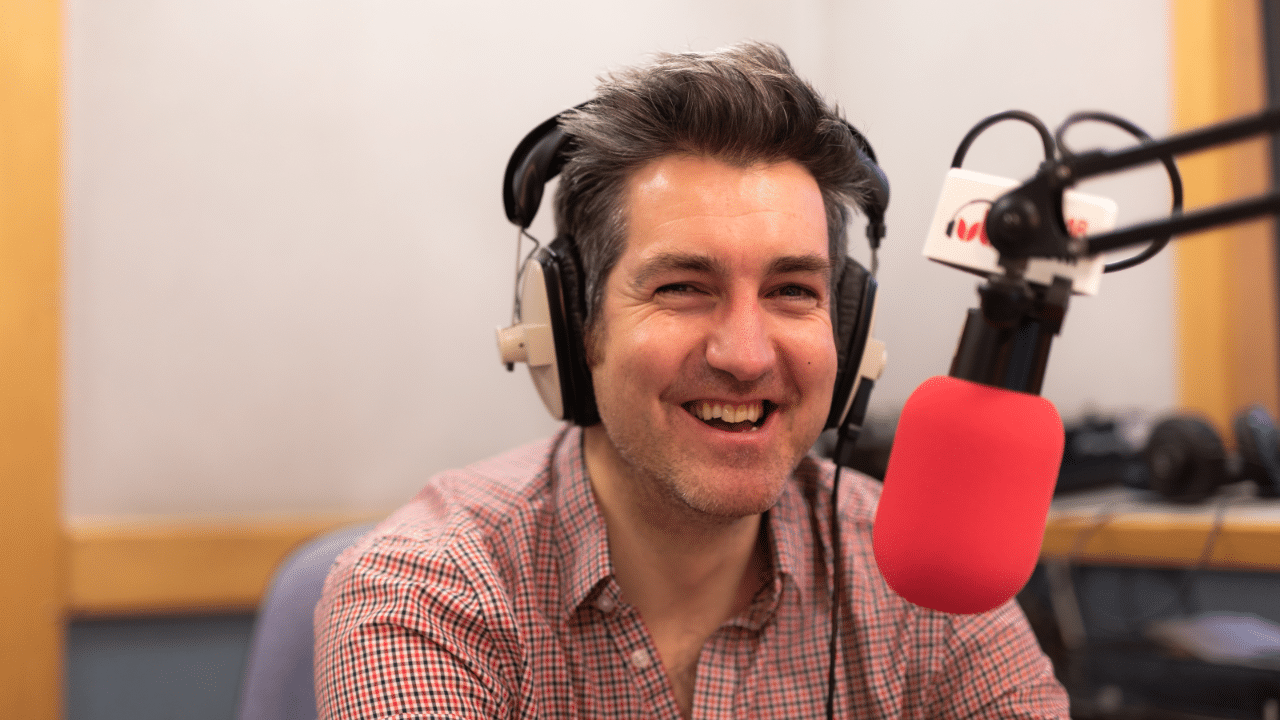NORWICH, England — Change is in the air for broadcast radio in the United Kingdom, with a slew of potential developments in the offing and likely to impact its future delivery, both in terms of licensing and regarding technical implementations.
In what would be the first significant development in its portfolio of national services since as far back as 2002, the BBC is proposing introducing various new DAB services, using DAB+ at scale for the first time. Commenting on the plans, Lorna Clarke, director of BBC Music, stated that the corporation wants to provide more choices as listening habits change. “Our extensions for Radio 1, Radio 2 and Radio 3 will allow listeners to deep dive into more pop and classical genres and periods of music they love the most.”
Meanwhile, at the other end of the scale, the U.K. Government’s Department for Culture, Media and Sport is considering responses to its consultation on analog community radio licensing. This consultation follows the 2022 Digital Radio and Audio Review, which concluded that analog broadcasting should continue at least until 2030.
With more than 300 FM and AM community services currently operating and licenses only running for five years before requiring renewal, the fundamental question for regulators and broadcasters alike is how long any such services should continue to operate beyond that date. While opportunities to deliver community-based services via DAB are indeed expanding, it remains unclear what percentage of these stations will be able to access the platform over the coming years.
Protecting community-based services
In addition to considering licensing duration, the consultation also focuses on financing community-based services. In U.K. regulation, there have always been restrictions on the percentage of commercial funding that such stations can generate. Such restrictions are not only designed to protect the interests of the commercial sector, they are also intended to ensure that community stations can maintain a degree of resilience through multiple-sourced funding and not be driven towards the more popular genres of output by commercial pressures.
Chair of the Community Media Association Terry Lee told RedTech, “We favor bringing analog licensing in line with digital licensing in the U.K. so that radio stations are licensed in perpetuity. Such an approach will help provide certainty for stations, volunteers and communities alike.
On the issue of station funding, he suggested that certain restrictions, such as those that limit some stations to a maximum of £15,000 annual advertising and sponsorship revenue, should be abolished. “Those restrictions that remain to protect the character of community radio should be index-linked to avoid the need for a further round of lobbying in the future,” he added.
With more than 300 FM and AM community services currently operating and licenses only running for five years before requiring renewal, the fundamental question for regulators and broadcasters alike is how long any such services should continue to operate beyond that date.
Is there a future for AM?
In terms of transmission, perhaps surprisingly, AM radio still has a role to play and Ofcom is currently consulting on its technical standards. Limited in scope, it does not address the issue of possible increases in field strength to overcome growing levels of electrical interference on the medium frequency band.
That said, it does introduce the possibility of reducing limits on the audio bandwidth of AM transmissions on a case-by-case basis, and provided such changes do not impact on the transmissions of other broadcasters.
Limited audio bandwidth inevitably makes AM services sound muffled and flat compared to their FM or DAB counterparts. The current Ofcom proposal suggests that as overall AM usage declines, it may be possible for some of the remaining services to improve the overall sound of their audio by relaxing such limits because the MF spectrum is becoming less crowded.
Ofcom notes: “It is not clear how many broadcasters might want to make changes to their AM transmitters or whether changes are feasible given constraints in filtering and the bandwidth of transmitting antennas.” Any such changes would also require it to invest resources to investigate the potential impact on adjacent services in the U.K. and revisit international frequency coordination agreements, as all its rights to use spectrum for AM radio assume the current bandwidth restrictions.
It is unclear how much interest there might be in improving the audio quality of AM transmissions, particularly as audiences for MF services continue to decline. Some operators, such as Radio Caroline, might well express an interest, but it remains to be seen if such an approach will be put into practice.
Outside the specifics of radio broadcasting itself but staying with technical policy, Ofcom is also currently consulting on the need to make telecommunications networks more resilient. Resilient telecoms networks are vital to consumers and businesses across the U.K., including the broadcast industry. Radio services increasingly depend on such systems to deliver connectivity and control their broadcast infrastructure, studios, data centers and transmitter sites.
In summary, Ofcom is seeking to ensure that networks are designed to avoid or, where that isn’t possible, reduce single points of failure. It also wants to ensure that key infrastructure points have automatic failover functionality built-in so that, when equipment fails, network traffic is immediately (automatically) diverted to another device or site that can maintain end-user connectivity as seamlessly as possible. Power outages can easily cause significant and extensive service disruption, so ensuring their resilience is an obvious prerequisite for reliable network operations. Round-the-clock broadcasting ensures the availability of backup supplies with a high level of resilience. Perhaps the broader telecoms industry might learn from and adapt some of the established practices of broadcasting, which have served the industry well over several decades.
The author teaches radio and audio at the University of Bedfordshire, and is based in Norwich, U.K.
More stories about DAB
AVT Looks at DAB+ and coms for IBC2023

